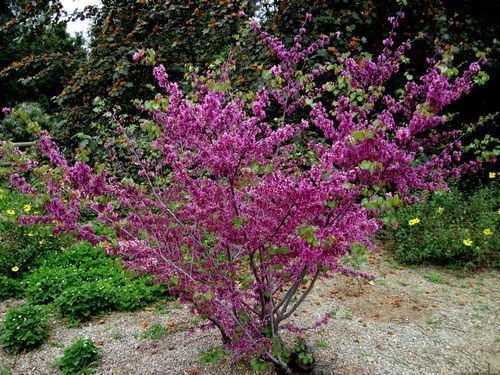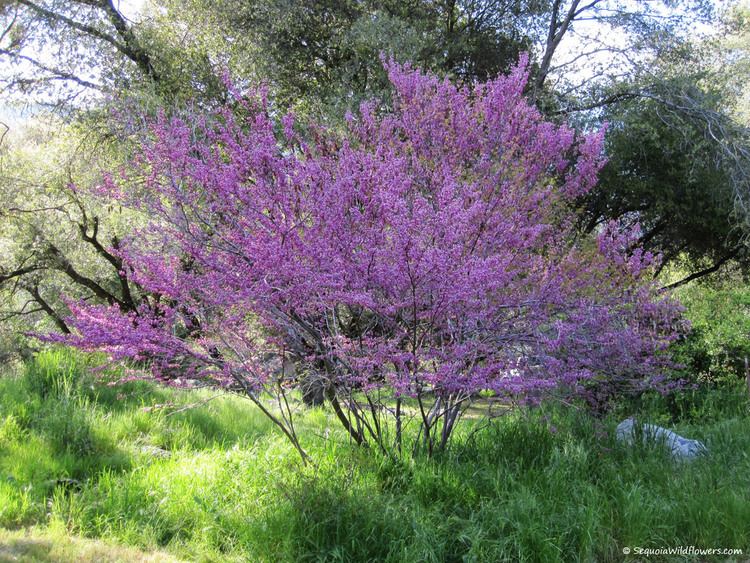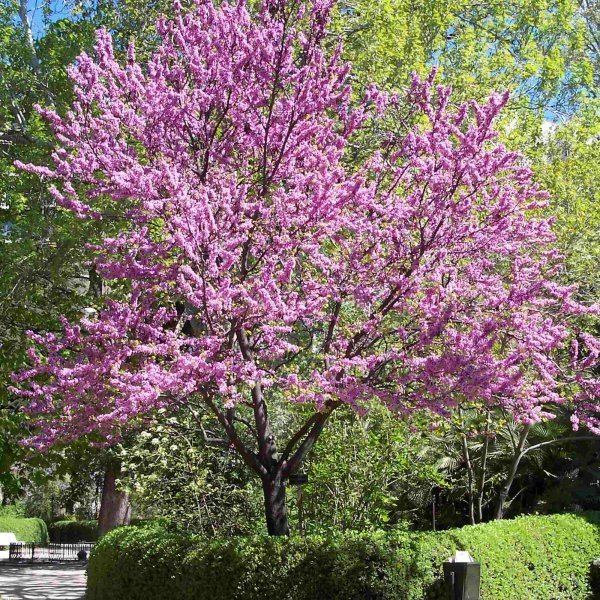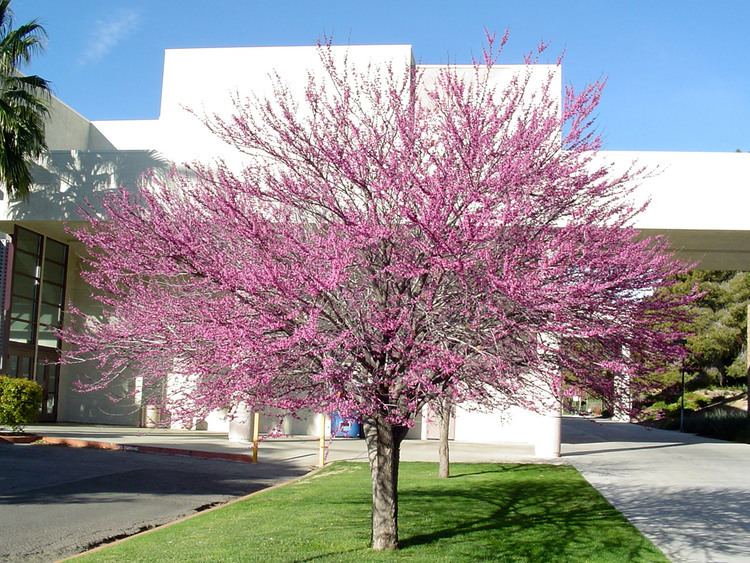Rank Species | Genus Cercis Higher classification Redbuds | |
Similar Redbuds, Eastern redbud, Heteromeles, Frangula californica, Baccharis pilularis | ||
Western redbud tree seed cercis occidentalis seeds on www myseeds co
Cercis occidentalis, the western redbud or California redbud (syn. Cercis orbiculata — Greene), is a small tree or shrub in the legume family. It is found across the American Southwest, from California to Utah and Arizona.
Contents
- Western redbud tree seed cercis occidentalis seeds on www myseeds co
- Western redbud in bloom 30 sec plant of the day cercis occidentalis
- Description
- Uses
- Cultivation
- References

It is easily recognized when it is in bloom from March to May, when it is covered with small pink to purple flowers.

Western redbud in bloom 30 sec plant of the day cercis occidentalis
Description

Cercis occidentalis has thin, shiny brown branches that bear shiny heart-shaped leaves which are light green early in the season and darken as they age. Leaves on plants at higher elevation may turn gold or red as the weather cools.

The showy flowers are bright pink or magenta, and grow in clusters all over the shrub, making the plant very colorful and noticeable in the landscape. The shrub bears 3-inch-long brown legume pods which are very thin and dry.
Uses

Indigenous Californians use the twigs of the western redbud to weave baskets, and even prune the shrub to encourage growth of new twigs. The bark provides a faint reddish dye for the finished basketry. The Concow tribe calls the tree dop (Konkow language) or tal'k.
Cultivation

Cercis occidentalis is cultivated as an ornamental plant and tree, for planting in parks and gardens, and as a street tree. It is also used in drought tolerant, native plant, and wildlife gardens.
